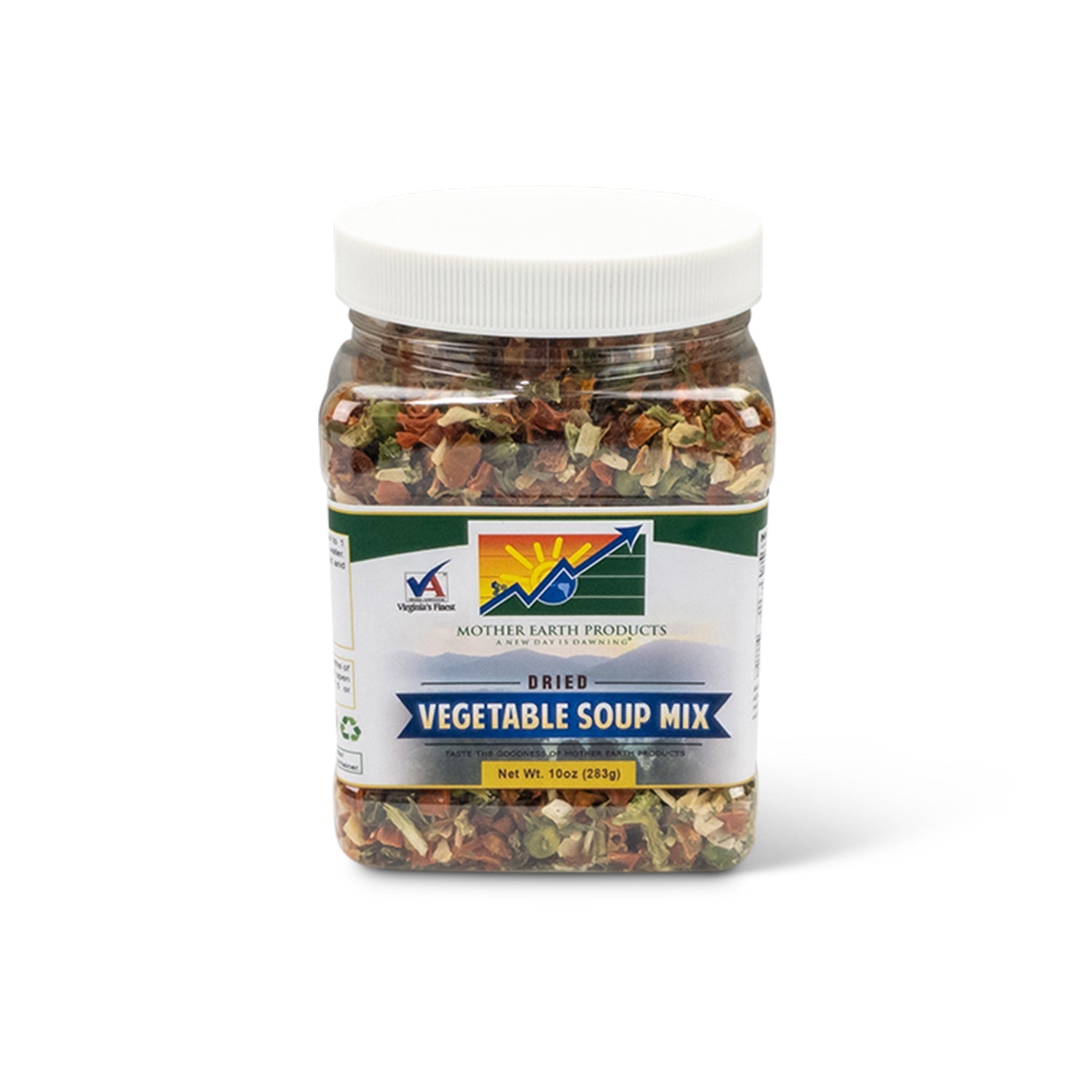Known as the abnormal growth of cells in certain parts of the human body, cancer(1) is currently the second most common cause of death worldwide, right after heart disease. In fact, scientists(2) speculate that more than 1.6 million people in the U.S. will be diagnosed with the disease in 2017 alone, adding to the already terrifying statistics of the previous years.
While genetics play a huge role in the development of cancer, other equally important factors, such as poor nutrition and bad lifestyle habits, also contribute to the disease's progress. But, what about the ones that slip under your radar? You see, preventing cancer is more than just eating right and avoiding excessive alcohol consumption(3). So, if you want to belong to the 60% of the population(4) that will never get affected by the disease, then you should keep an eye on these six often unnoticed cancer causing factors.
1. Infections
With symptoms that include a burning fever, non-stop fatigue and sometimes even pain, infections can feel like straight-up torture during their peak. However, besides their short-term effects on your health, infections seem to also pose various unpleasant side effects in the long term. In fact, research(5) shows that viral and bacterial infections can also lead to cancer.
The three leading types of cancer causing infections include the hepatitis B and C viruses,(6) as well as the human papillomavirus, commonly known as HPV. Experts claim that despite being 100% treatable, these infections(7) may affect various parts of the body, such as the throat, tonsils, and most commonly the greater genital area. Accounting for about 4% of all cancers,(8) other types of infections, like the HIV and Epstein-Barr viruses, also pose a significant risk to your health.
Besides the viruses mentioned above, a particular group of bacteria known as H. Pylori(9) is also heralded as carcinogenic. In fact, these bacteria are closely associated with stomach cancer. Experts do everything in their power to eradicate the infection with the help of antibiotics and vaccines.
Your Action Plan: Steer clear of the damaging effect of bacteria and viruses by treating infections as soon as possible, or better yet, preventing them altogether.
2. Bottled Water and Plastic Food Packaging
No matter how contradictory this may sound, sex hormones (androgens, estrogen, and progesterone) are not always that beneficial for the human body. According to research(10), these hormones are also responsible for certain cancers, such as ovarian and breast cancers, in women and prostate cancer in men.
But you have nothing to worry about if your testosterone/estrogen levels are normal. That said, problems arise when these levels are beyond average. While various endogenous parameters may be to blame for such increase, it's usually certain environmental factors that interfere with your sex hormones and cause this disease. One of the most important yet neglected out of the bunch is bottled water. But, when did drinking bottled water become dangerous?
Experts(11) claim that water stored in plastic bottles tends to have high estrogenic activity, containing even up to 78% more of the female hormone than it should. That means that simply by drinking bottled water (especially the one stored in plastic bottles), you can increase your body's total estrogen levels and, as a result, your chances of developing cancer. The same principle applies to all plastic products(12), including certain food packages.
Your Action Plan: Avoid drinking water from plastic bottles. Instead, use glass bottles, which doesn't contaminate your water with cancer causing estrogens. Also, avoid plastic food containers as much as possible.
3. Oral Contraceptives
As mentioned earlier, high estrogen/progesterone levels and cancer are not exactly on speaking terms. As if this wasn't enough, birth control pills, which are packed with these hormones, seemingly make matters worse. In fact, experts(13) conclude that oral contraceptives do indeed increase the risk of liver, breast and, cervical cancer, while also reducing the chances of endometrial and ovarian cancers. So, the results are rather conflicting, and further research is necessary.
Your Action Plan: It's best not to take chances and stay away from oral contraceptives as much as possible. In the best case scenario, take breaks in between use.
4. Working the Night Shift
We know; this is hands down the most surprising cancer causing factor on this list. Imagine how surprised MIT researchers(14) felt when they came across this unexpected discovery. According to their report, working the night shift does increase your chances of developing cancer down the line. But, why's that?
The human body follows the lead of the circadian rhythm(15), a biological procedure which is primarily governed by light. So, when the sun rises or sets, our body reacts to the sunlight or lack thereof. As a result, we either feel sleepy or awake - depending on the time of the day. The circadian rhythm also contributes to other important functions, such as metabolism.
According to the MIT study, two of the genes that control the circadian rhythm of cells also serve as potent tumor suppressors. However, when the normal dark/light cycle of these genes is disrupted, as it happens with night shifts, their effectiveness as tumor suppressors is significantly decreased and allow cancer cells to grow.
Your Action Plan: There's not much you can do if you're a full-time night worker. However, make sure you don't follow the same routine on your nights off.
5. Secondhand Smoking
Nothing new here: smoking and cancer (especially in the lungs) go hand in hand. However, it seems that every type of smoking, even secondhand, is enough of a reason to develop cancer. In fact, research(16) proves that no matter if you are a lifetime non-smoker, you're likely to develop lung cancer if your colleagues at work and family at home keep smoking on a regular basis.
Your Action Plan: Avoid smoking areas as much as possible, or recommend your smoking friends/family members to smoke outdoors.
6. Certain Sunscreens
We know, you know, we all know that sunlight(17) can have a damaging effect on the skin, sometimes even to the point of developing cancer. Lucky us, we've got sunscreens to protect us while we enjoy a beautiful day out in the sun. Unfortunately, though, this is not always the case.
Certain sunscreens contain a cancer causing substance, known as benzophenone-3(18) (or oxybenzone). This toxic substance is known to increase the production of free radicals, which tend to alter cells' DNA and result in cancer. Free radicals are what antioxidants fight. One study(19) even proves that benzophenone-3 enhances the ability of lung cancer cells to undergo metastasis, suggesting the tumor friendly nature of this substance.
Your Action Plan: Opt for sunscreens which contain either small amounts or no trace of the substance.
References:
- https://www.cdc.gov/nchs/fastats/leading-causes-of-death.htm
- https://seer.cancer.gov/statfacts/html/all.html
- https://www.cancer.gov/about-cancer/causes-prevention/risk/alcohol/alcohol-fact-sheet
- https://www.cancer.gov/about-cancer/understanding/statistics
- https://www.ncbi.nlm.nih.gov/books/NBK54025/
- https://www.researchgate.net/profile/Leonard_Seeff/publication/6984146_Epidemiology_of_hepatocellular_carcinoma_in_areas_of_low_hepatitis_B_and_hepatitis_C_endemicity/links/56b8a56908ae5ad3605f483c.pdf
- https://www.cancer.gov/about-cancer/causes-prevention/risk/infectious-agents/hpv-fact-sheet#q2
- https://www.ncbi.nlm.nih.gov/pubmed/16404738
- https://www.ncbi.nlm.nih.gov/pmc/articles/PMC2952980/
- https://www.ncbi.nlm.nih.gov/books/NBK54025/
- https://www.ncbi.nlm.nih.gov/pmc/articles/PMC2702426/
- https://www.ncbi.nlm.nih.gov/pmc/articles/PMC3222987/
- https://www.cancer.gov/about-cancer/causes-prevention/risk/hormones/oral-contraceptives-fact-sheet
- http://news.mit.edu/2016/night-shift-cancer-risk-0728
- https://www.ncbi.nlm.nih.gov/books/NBK10839/
- https://www.ncbi.nlm.nih.gov/books/NBK44330/
- https://www.cancer.gov/about-cancer/causes-prevention/risk/sunlight
- https://www.ncbi.nlm.nih.gov/pubmed/12472548
- https://www.ncbi.nlm.nih.gov/pubmed/27796700


















